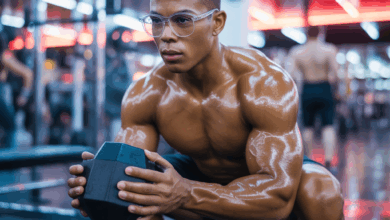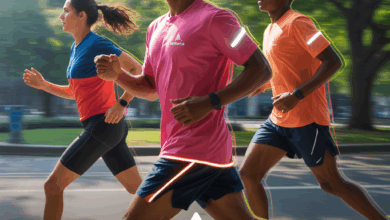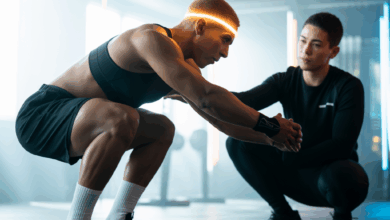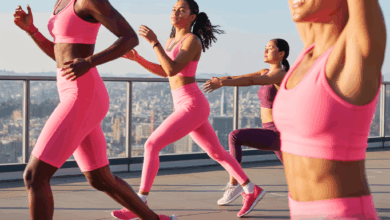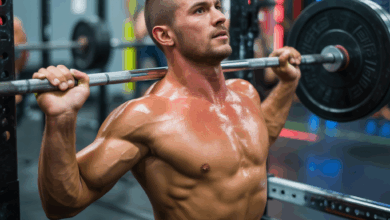Athletic Outfits You Need: Build a Stylish, High-Performance Closet
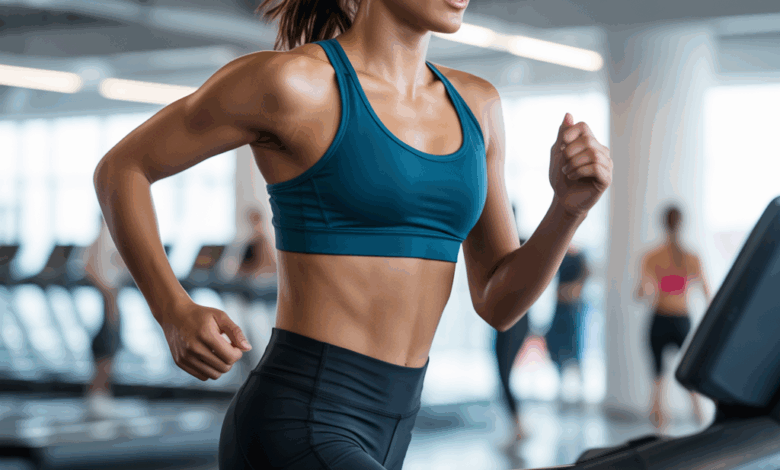
Ever stood in front of your closet wondering which gym clothes will actually make your workout better — or at least make you feel confident enough to move? Whether you’re rushing to a morning run, squeezing in a lunchtime strength session, or practicing yoga after work, having the right athletic outfits you need can transform motivation, comfort, and performance.
A quick note: why your workout clothes matter
Clothing isn’t just fashion — it’s function. The right activewear improves range of motion, controls sweat, prevents chafing, and can even help reduce injury risk. But you don’t need a closet full of gear; you need smart, versatile pieces that match your routine and lifestyle.
Athletic outfits you need: The essentials
Start building a capsule activewear wardrobe that covers multiple activities and weather conditions. Below are the core pieces I recommend for most people, with practical tips and real-world examples.
1. Moisture-wicking tops (short- and long-sleeve)
- Look for breathable, sweat-wicking fabrics (polyester blends, bamboo, or merino wool for cool climates).
- Example: A lightweight short-sleeve tee for HIIT and a long-sleeve layer for early morning runs.
2. High-performance bottoms
- Moisture-wicking leggings for yoga and strength training.
- Running shorts or tights with pockets for phone and keys.
- Choose a fit that allows full motion — compression for support, looser styles for recovery days.
3. Supportive sports bra
- Pick support based on activity: low-impact for yoga, medium for cycling, high for running.
- Proper fit reduces bounce, improves comfort, and helps posture during high-intensity sessions.
4. Versatile outer layers
- A windbreaker or lightweight running jacket for rainy or windy conditions.
- A cozy zip-up or fleece for warm-up and cooldown.
5. Proper footwear and socks
- Match shoe type to activity: stability or neutral runners, cross-training shoes for gym circuits, cushioned shoes for walking.
- Technical socks reduce blisters and wick away moisture.
6. Small accessories
- Headbands or caps, performance underwear, a lightweight gym bag, and a reusable water bottle.
How to pick the right fabrics and fits
Fabric and fit determine comfort. Here are quick guidelines:
- Moisture-wicking > 100% cotton for sweaty workouts.
- Flat seams or seamless designs to prevent chafing.
- Compression where you need support (quads, calves), relaxed fit where you want freedom (hips, shoulders).
- Layering is key: base layer for sweat control, mid-layer for insulation, outer layer for weather protection.
Workout variations and the outfits to match
Choosing the right outfit often depends on the workout. Here are combinations that work well:
For running and outdoor cardio
- Lightweight tee + running tights/shorts + breathable sneakers. Cap and windbreaker for changeable weather.
- Tip: Reflective accents on clothing for low-light runs.
For strength training and CrossFit
- Compression leggings or shorts + fitted tee or tank + supportive cross-trainers.
- Real-world example: Busy professional who lifts twice a week — chooses black compression leggings for versatility and a bright tank for visibility during classes.
For yoga and mobility work
- High-waisted, flexible leggings + snug, non-slip top to keep everything in place during inversions.
- Soft fabric for comfort during long holds and breathwork.
For HIIT and group classes
- Breathable, sweat-wicking layers and high-impact sports bra. Quick-dry shorts or leggings depending on intensity.
- Tip: Bring a light towel and extra shirt for after class.
Smart shopping tips to build a practical activewear wardrobe
- Start with neutral colors for mix-and-match versatility; add 1–2 bright pieces to boost motivation.
- Invest in a solid pair of shoes — they matter more than any trendy top.
- Buy seasonally: lightweight for summer, insulating layers for winter workouts.
- Check return policies — fit is personal, and trialing at home helps avoid regret purchases.
- Look for multi-use items labeled “athleisure” or “training” to save space and money.
Lifestyle tips to get the most from your athletic clothes
Activewear supports a consistent routine, but habits amplify results. Pair your outfits with these healthy practices:
- Hydration: Drink water before, during, and after workouts to sustain performance.
- Recovery: Prioritize sleep, foam rolling, and mobility work to reduce soreness.
- Nutrition: Aim for a balanced pre-workout snack (carbs + protein) and a recovery meal with protein, healthy fats, and vegetables.
- Consistency: Lay out your outfit the night before to reduce friction and increase the chance you’ll follow through.
Real-world examples: What people actually wear
– The early-morning runner: a moisture-wicking tee, reflective running jacket, long tights, and weather-appropriate gloves.
– The office-to-gym commuter: layered look — leggings under a long dress or tunic with sneakers, plus a compact gym bag.
– The weekend warrior: durable shorts, breathable tank, trail shoes, and a lightweight pack for essentials.
Frequently Asked Questions
Aim for a capsule of 5–7 core pieces you can mix and match: 2–3 tops, 2 bottoms, 1 supportive sports bra, one outer layer, and one quality pair of shoes. This covers most weekly workouts while keeping laundry manageable.
Prioritize fabric (moisture-wicking, breathable), fit (range of motion and no chafing), and purpose (running, lifting, yoga). Invest most in shoes and a good sports bra; spend less on trendy extras.
Not always. Some mid-range brands offer great performance fabrics and durability. Spend on items you use most (shoes, bras) and choose affordable, high-quality options for basics. Consider long-term value: a well-made piece can last seasons and perform better than cheaper alternatives.
Conclusion — Put it into practice
Knowing which athletic outfits you need saves time, improves comfort, and boosts confidence to move more often. Start with the essentials, match outfit choices to your workouts, and pair your gear with smart lifestyle habits like hydration, recovery, and consistent nutrition. Ready to upgrade your activewear and your routine? Check our workout routines to match outfits to sessions, browse our nutrition guides for fueling tips, and explore wellness tips to build a balanced lifestyle. Pick one piece to add to your closet this week and schedule your next workout — small choices compound into big results.
Call to action: Want a customized capsule wardrobe list based on your favorite workouts? Leave a comment or sign up for a quick quiz to get recommendations tailored to your routine.

